High fever is a common symptom of many illnesses that affect toddlers. If the body temperature exceeds 102 ºF, a child is considered to suffer from a high fever. The very symptom can be rather bothersome to many parents, and they may be faced with a problem of how to reduce the increased body temperature and whether they should take their child immediately to the doctor.
Yes, it is advisable to visit a child's pediatrician as soon as possible and one should never administer a child any kind of medication before consulting a well-experienced pediatrician. Certain measures may decrease a child's body temperature and they are supposed to be applied together with medications prescribed by the doctor.
Causes of High Fever in Toddlers
There are many illnesses associated with high fever in toddlers. The flu, common cold, and ear infections are only some of them. Any kind of infection usually leads to an increase in body temperature. High body temperature may linger or occur intermittently. It generally tends to increase at night. The child may also suffer from additional symptoms which depend on the underlying condition.

Presentation of High Fever in Toddlers
The child suffering from high fever is usually irritated, and his/ her skin may be hot to touch and red. Redness particularly affects the cheeks. The child's forehead is hotter than usual.
Some toddlers continue playing and eating normally despite the presence of increased body temperature. In this case, the parents may suspect their child is sick due to additional symptoms and signs.
If the body temperature is extremely high, a toddler's skin is markedly red, and the child is extremely irritable. There is an evident loss of energy sometimes cough and breathing difficulties. The toddler may also vomit and have diarrhea.
In predisposed children drastic increases in the body's temperature may be the trigger for seizures.
Treatment for High Fever in Toddlers
The easiest way to confirm increased body temperature is to measure it. High fever practically interferes with a child's sleep, eating, and drinking. The goal of the treatment is to reduce the body's temperature as soon as possible. This particularly refers to children who are at risk for febrile seizures.
The child is prescribed a proper medication that will effectively reduce the increased body temperature. Furthermore, parents must be familiar with additional maneuvers that will help with the reduction of fever.
A child needs to drink plenty of fluids. This will prevent dehydration. Furthermore, good effects are achieved if a child is sponged with lukewarm water. After this, a child is supposed to be dressed in a single pajama and covered with a light sheet.
- Paediatric fever is frequently treated improperly and unnecessarily, resulting in misuse of public healthcare facilities or safety problems that might endanger children. Parents may resort to various non-pharmacological and pharmacological measures including warm baths, ice water, alcohol wiping, antipyretics and antibiotics to manage fever. Antipyretics and antibiotics are extensively used for treating febrile children. Eldalo reported that the most frequent medications self-used to manage paediatric fever in Saudi Arabic are paracetamol followed by antibiotics. Parents routinely lessen mild fever to prevent complications. Nonetheless, fever should be managed accurately, and international guidelines advise the careful use of antipyretics only when necessary.
- The American Academy of Pediatrics has issued a clinical report about fever and antipyretic use in children to educate parents about precise management and to minimise fever phobia. Research indicates parental misuse of antipyretics by being overdosed or underdosed or inaccurately alternated while managing a fever. There are limited studies assessing the knowledge, attitude and beliefs of parents regarding fever. Most published studies have been carried out in secondary care, in which acute distress of children and parents may possibly yield biased perceptions and impact responses. Studies assessing paediatric self-care behaviours are still recommended to ensure the careful management of fever safely and effectively and to minimise unnecessary primary care visits.
- The primary outcome measure was to assess parental knowledge about the precise definition of fever, correct use of medications and to evaluate the impact of sociodemographic factors on this knowledge. The secondary outcome measures were to assess parental attitudes and practices of fever management, sources of information and reasons to seek primary medical attention.
- A total of 733 parents were included in the study. Only 44% identified fever correctly according to the recognised definition by international guidelines. A significant association between parents’ knowledge of antibiotics and years of parenting experience was found (adjusted OR, ORa=4.23, 95%?CI 1.41 to 12.68, p=0.01). Other sociodemographic factors that were significantly associated with parents’ knowledge of antibiotics were age (ORa=3.42, 95%?CI 1.09 to 10.73, p=0.036) and education level (ORa=7.99, 95%?CI 3.71 to 17.23, p



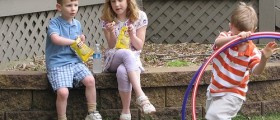
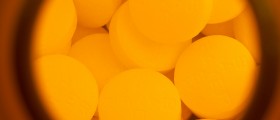


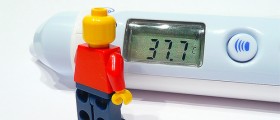
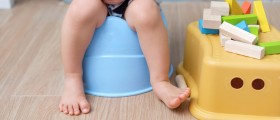

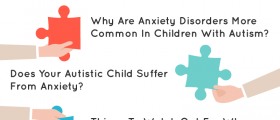


_f_280x120.jpg)
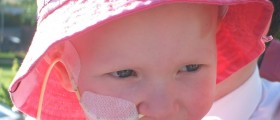
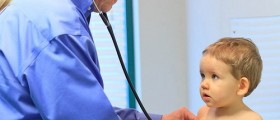
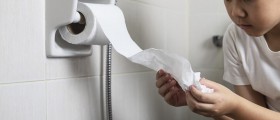
Your thoughts on this
Loading...